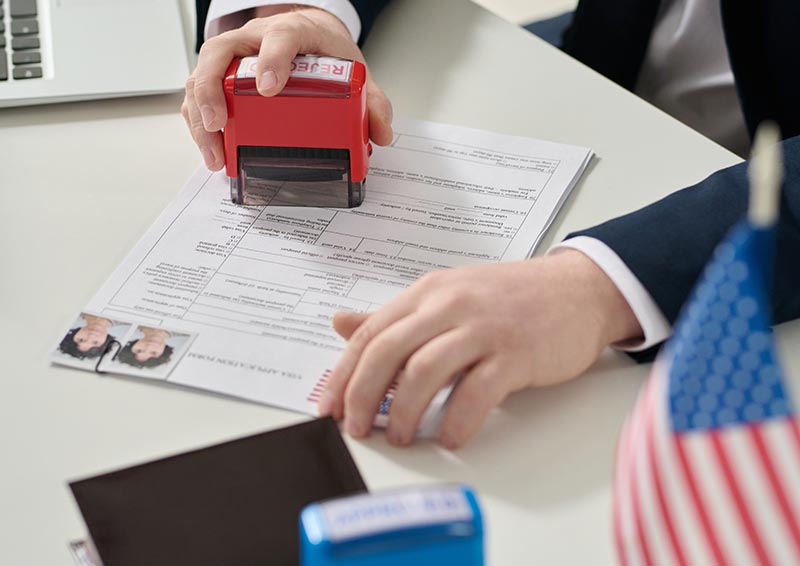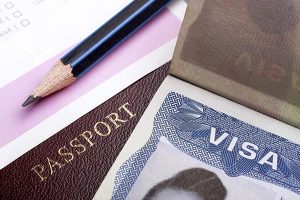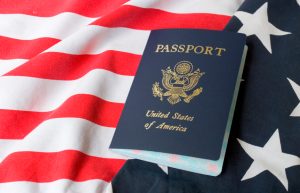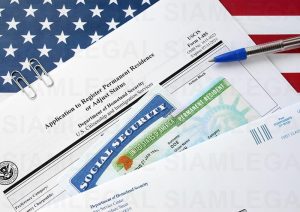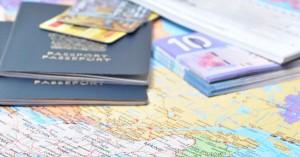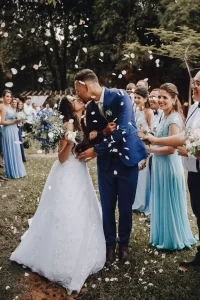When it comes to getting your CR-1 Visa, there are a few things you should know about the process. You will have to fill out a form, make sure you have enough money to cover your travel expenses, and you may also have to fill out a medical questionnaire.
CR1 Visa for Thai Wife
If you are a US citizen marrying a Thai national, you are eligible to bring your spouse to the United States. Whether you are in the process of preparing to do so or are already in the country, it’s important to know exactly what you are getting into. Here are a few things to keep in mind.
The most important thing to remember is that a CR1 Visa for a Thai Wife and Thai Citizen will not happen overnight. It is highly recommended that you start the application process as soon as possible. This will help you minimize the time you have to wait for a response from the US Embassy.
There are several factors that will impact the timing of your application. One is the location of your application. Having your application filed at the Embassy in Bangkok will reduce your wait time by nearly four months.
Generally speaking, the US Embassy in Thailand is the final government agency to approve your visa. After it’s approved, you can then file an Employment Authorization form with USCIS. Depending on the situation, this may include additional costs.
Aside from the obvious, there are many other considerations you will want to make before you apply for a CR1 Visa for Thai Wife. You should consider the following:
Be sure to follow the instructions closely, and take the necessary steps to ensure a positive outcome. This includes making sure your bank accounts are in order.
CR1 Visa Requirements
For Thai citizen couples, applying for a CR1 visa is a complicated process. There are many requirements, such as documents and fees, that need to be met in order for the application to be accepted. If you don’t follow the necessary steps, your application may be denied.
The process is a little more complicated than the K-1 Fiancee Visa. It also takes longer to complete.
In addition to the usual requirements, applicants must provide evidence that they have a relationship with their petitioner. This can include letters, emails, photos, or other forms of proof. Applicants also must provide a certified English translation of their non-English documents. These translations must include a statement that the translation is accurate and correct.
After the documents have been verified, the applicant will be scheduled for an interview. Typically, this is the last step in the application process.
During the interview, the applicant will be required to answer questions under oath. If the applicant has children under 18, they will need to bring a parent or legal guardian with them. Occasionally, the Consular Officer will request an additional proof.
Applicants who have a Thai spouse must also prove that their marriage is a legal one. They must not have a history of serious crimes.
CR1 Visa Process
If you’re planning on getting married in the U.S. and bringing your Thai spouse with you, you’ll need to follow the CR1 Visa Process. This type of visa allows you to bring your Thai spouse with you to the United States for up to six months. However, you must prove that your marriage is legally valid before you can apply for a green card.
The CR1 Visa process begins with a petition to the Department of State. After the petition is approved, it is forwarded to the National Visa Center, which handles the processing of CR1 visas.
Once the NVC receives the petition, they will assign a case number, which you’ll use to complete the application. You can expect to have your CR1 visa in just two to seven business days. During this time, you’ll need to make preparations for your visa interview.
For your interview, you’ll need to bring a few things. First, you’ll want to make sure that you have a valid passport. Also, you’ll need to make sure that you bring other documentation that you think the consular officer may ask for.
Next, you’ll need to fill out a DS-260. Doing so correctly will result in the best possible outcome.
Applicants who do not complete their applications properly will experience a delay of up to 10 business days. They’ll also receive a denial letter from the Consular section, which will include instructions on how to send your documents.

